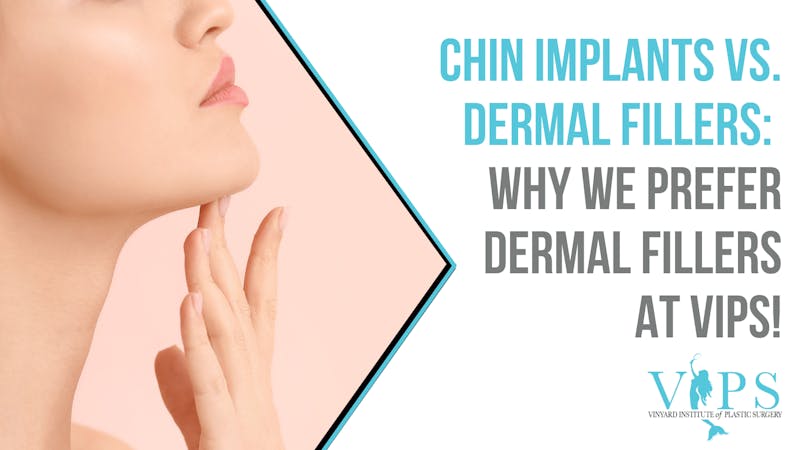
Are you considering chin enhancement surgery? You’re not alone. Chin augmentation procedures, also known as genioplasty, have been on the rise in recent years. The American Society of Plastic Surgeons estimates that over 40,000 chin augmentation surgeries were performed in 2020. If you’re considering this procedure, you’re probably wondering whether a chin implant or a dermal filler procedure is the right choice for you. While both can add definition and contour to the chin, dermal fillers are now the preferred option. Here’s why:
What is Chin Enhancement Surgery?
Chin enhancement surgery is a surgical procedure that reshapes the chin to improve facial features and create facial harmony. This procedure not only improves facial features and sculpts the lower face but can also provide other benefits to those with a recessed chin.
How is a Chin Augmentation Procedure Performed?
A plastic surgeon makes a small incision under the chin or inside the lower lip to insert a silicone implant, which is then closed with sutures that dissolve in a few weeks. The surgeon may recommend a custom-fitting implant or alter the shape of the chin bone, depending on the patient’s needs. The type of anesthesia used depends on various factors, such as medical history, the extent of the procedure, and any underlying health conditions.
What Should You Expect After Chin Implant Surgery?
After surgery, many patients experience swelling around the mouth and chin. Your surgeon may recommend that you eat soft foods until the swelling and discomfort dissipate. It is also advised to avoid engaging in strenuous activity following the surgery to minimize any complication risk. After around two weeks, most patients can resume their day-to-day lives. Swelling and bruising may persist for a few weeks after the surgery, but the chin, mouth, and rest of the lower face will soon return to normal.
What are Chin Implants Made Of?
A chin implant is usually made from silicone or another biocompatible material. Unfortunately, silicone chin implants have numerous possible risks and complications. Patients with sensitivity to silicone can experience silicone granuloma, a hard lump of scar tissue that forms around the chin implant. Other complications of silicone chin implants include infection, rupture, and shifting over time.
How Do Chin Implants Differ From Dermal Fillers?
Chin implant surgery and dermal fillers are both cosmetic procedures aimed at chin augmentation. However, chin implant surgery carries a far greater risk, including an infection rate of 5.7-12.5%. In contrast, the rate for soft tissue fillers, such as dermal fillers, is reported to be 0.04-0.2%. Chin implant surgery requires general anesthesia, while dermal fillers only require local anesthesia, either in the form of topical creams or injections. The noninvasive dermal filler procedure avoids scarring, whereas chin implant surgery requires an incision, thereby increasing the likelihood of a scar developing. Lastly, a chin implant is made from silicone, while dermal fillers are made from hyaluronic acid, a substance found in the body’s natural tissue.
Are Chin Implants Permanent?
According to the American Board of Cosmetic Surgery, a chin implant is typically designed to be permanent. A factor to consider regarding the permanence of chin implants is that as time goes on, patients may change their aesthetic goals, leading to a desire for a different chin shape.
Are Chin Implants Safe?
Chin implant surgery carries several medical risks and adverse consequences. The infection rate for chin implant surgery can range from 5.7% to 12.5%. Chin implants may shift or change shape over time, resulting in the need for revision surgery to reposition or replace the implant. It is critical that you inform your surgeon if you experience any of these complications
Explore the Safest Chin Enhancement Options With Dr. Vinyard!
Overall, while both chin implants and dermal fillers can provide chin enhancement, dermal fillers are generally a better option due to their non-invasive nature, lower risks, and fewer complications. Dermal fillers can offer subtle, natural-looking results that can be customized to the individual patient’s needs.
If you’re considering chin enhancement surgery, it’s essential to consult with an experienced board-certified plastic surgeon like William J. Vinyard, MD, FACS, to explore your options and determine which procedure is best for you. They will be able to assess your chin area, discuss your goals, and recommend the most appropriate treatment plan to achieve your desired results.
At the end of the day, the decision to undergo chin augmentation surgery is a personal one. But by educating yourself about the available options and their associated risks and benefits, you’ll be better equipped to make an informed decision that you feel confident and comfortable with.
Contact us to schedule a personal consultation, or call (772) 212-0304 to find out the next steps in your chin enhancement journey! Our office at 291 NW Peacock Blvd, Suite 103, Port St. Lucie, FL 34986, proudly serves the South Florida area! We also invite you to check out our blog page, Facebook, and Instagram to learn more about the treatment options available at our office!




